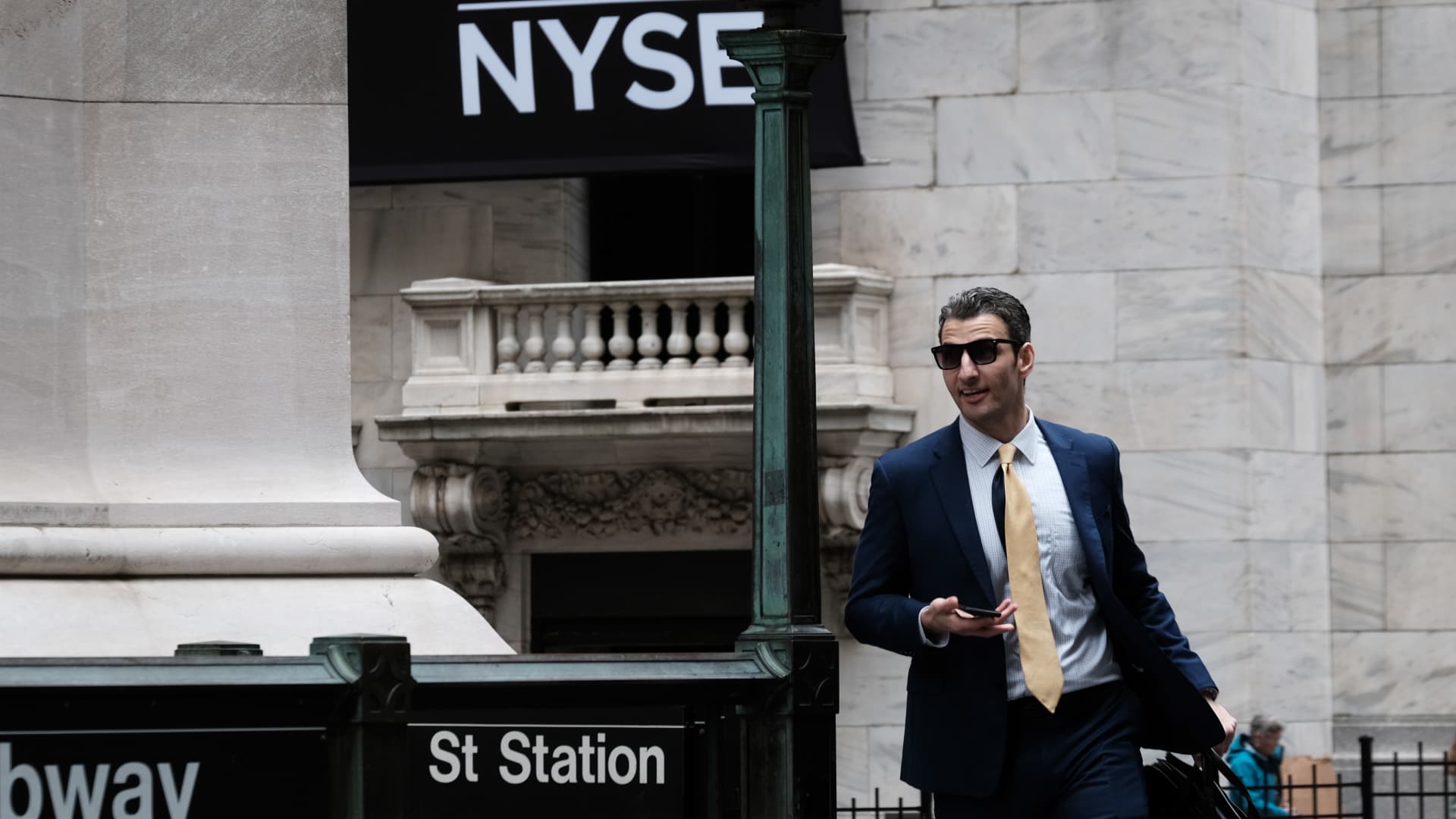Stocks markets are wrapping up a surprisingly strong start to the year, but whether it will continue is an open question as investors wade into a seasonally weak period for markets. Amid ongoing worries of a recession, and the lingering effects of the Spring regional banking crisis, few investors expected the tech-led, market melt-up in the first half of 2023. But as the Federal Reserve neared the end of its rate hiking cycle, and enthusiasm over the potential for artificial intelligence surged, the S & P 500 and tech-heavy Nasdaq Composite indexes soared almost 16% and 32%, respectively. Even the laggard Dow Jones Industrial Average, with few tech stocks, managed to eke out a 3.6% gain. .SPX YTD mountain S & P 500 YTD Now, investors are wondering if that exuberance will stretch into the third quarter, and whether the rally will broaden out to reach beyond technology — especially as traders contend with the possibility of one or two more rate hikes by the end of September. “The third quarter is going to be a time for catchup for all other asset classes, which didn’t really have the same performance profile as your largest tech companies,” said Jamie Cox, managing partner for Harris Financial Group. “This quarter was marked by a recovery of tech, and I think the third quarter will be marked by a recovery of all the more traditional asset classes,” Cox added. A broadening rally Only a handful of tech companies contributed to the extraordinary run in stocks this year. Alphabet, Amazon, Apple, Meta, Microsoft, Nvidia and Tesla account for 80% of the gains in the S & P 500, according to UBS. On average, they have each jumped by 86%. Nvidia alone is up by nearly 200% this year, fueled by AI exuberance. “Really, until the last five weeks, it was seven good stocks, and 493 stocks, you know, just muddling along,” said John Lynch, investment chief at Comerica Wealth Management. In the third quarter, Wall Street is hoping those gains will be more evenly distributed across the market. Not only would that be an indicator of a more sustainable rally, but it would serve as a boon for investors who typically have more diversified portfolios outside of the market-cap weighted S & P 500. Harris Financial’s Cox finds health care “particularly attractive” for the third quarter, saying the impact artificial intelligence will have on the sector is “highly underappreciated.” He expects the group will benefit the most from the productivity impact of AI in drug development. The S & P 500 health sector is down almost 3% this year. “The decade of health care is upon us,” Cox said. “A lot of it is because of the R & D that happened from the pandemic but another part of it is that the AI components are actually going to accrue more so to healthcare than they are even to tech.” Concerns ahead To be sure, the optimism toward the third quarter is also tempered by other concerns. The summer months stretching into early fall are a historically lackluster period for markets, especially tech. According to the Stock Trader’s Almanac, July marks the start of the worst four months for the Nasdaq Composite. The worst of this stretch — which the almanac calls “Death Valley” — is in September, when the Nasdaq drops 0.7% on average. Adding to the uncertainty is the possibility that the Federal Reserve will return to raising interest rates, possibly as soon as policymakers’ next meeting at the end of July. Investors also face a second quarter earnings season in July and early August that’s unlikely to impress. “Collectively, we could see pressure on the markets and I do believe we could see a hit of as much as 10% over the course of the next couple of months,” said Comerica’s Lynch. “Say, we slipped back to 4000. I think we could close out the year around 4200.” Still, more data showing that a recession may be further off than originally expected could mean a positive period for equities. “I don’t think that the terribly bearish people will become bulls, but they’ll throw in the towel and say, ‘well, the recession isn’t coming around the corner and growth, moderate growth, will continue,'” said Kim Forrest, founder at Bokeh Capital Partners. Next week marks the start of July and the third quarter of 2023. Investors are expecting a holiday-shortened week relatively light of economic data, though the jobs report for June will come on Friday. Markets will open for just a half day on Monday, and close on Tuesday for Independence Day, resulting in just a 3.5-day trading week. Week ahead calendar Monday 9:45 a.m.: S & P Global manufacturing PMI (June) 10 a.m.: Construction spending (May) 10 a.m.: ISM Manufacturing PMI (June) Tuesday U.S. markets closed for July 4th holiday Wednesday 10 a.m.: Durable goods orders (May) 10 a.m.: Factory orders (May) 2 p.m.: FOMC minutes Thursday 8:15 a.m.: ADP private payrolls (June) 8:30 a.m.: Initial jobless claims (week ended July 1) 9:45 a.m.: S & P Global services PMI (June) 10 a.m.: ISM services PMI (June) Friday 8:30 a.m.: Nonfarm payrolls (June)
This story originally appeared on CNBC

